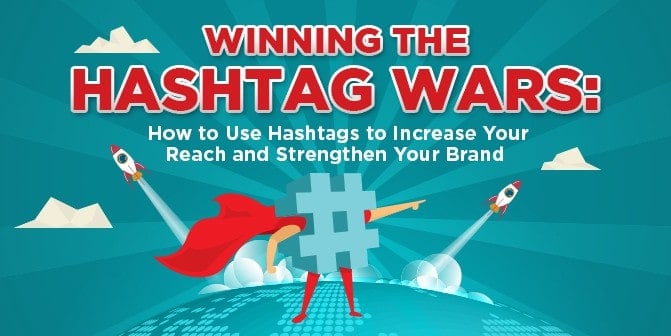Why do some hashtags take the social media universe by storm and others disappear into oblivion?
Why do some start powerful conversations while others end up a mere blip in the Twitterverse?
And why do some propel a brand into the general consciousness, while others just fade away?
If you’re on social media, it’s almost certain you’re using hashtags – even if you don’t know you are. Hashtags influence what shows up when you search a topic, what content appears on your feed, and how your content gets distributed. They’re not just phrases you should slap on your posts as an afterthought, although lots of brands make the mistake of using them that way.
Hashtags can have a huge effect on your content and, therefore, your brand. How can you use them strategically to strengthen that brand and increase your reach? Here are a few guidelines to follow.
Create your own branded hashtag
One way to start using hashtags is to create your own branded hashtag. When done well, branded hashtags can skyrocket your brand recognition.
Take the example of Charmin toilet paper, which has a number of branded hashtags including #EnjoytheGo and #tweetfromtheseat.
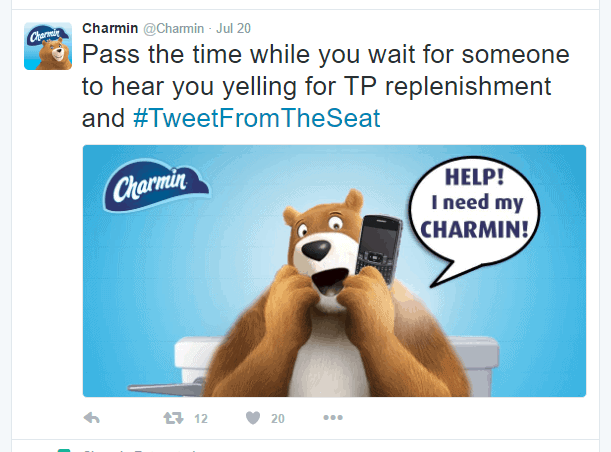
via TwitterThanks to these (and of course, coordinated advertising campaigns) Charmin has racked up 74 thousand followers. And they make toilet paper.
If that doesn’t give you an idea of the power of social media marketing, nothing will. So how do you create a branded hashtag that will be similarly successful?
More than anything, you’ve got to be authentic. What’s your brand identity? Is it witty and weird, like Old Spice? Soulful and sincere, like Dove? Practical yet fun, like Weight Watchers? Once you’ve zeroed in on your brand’s particular attitude, you can start brainstorming ideas.
It’s important that you put this time in before posting anything so that you don’t strike the wrong tone. If Dove started posting ironic hashtags, it would probably turn off a lot of their followers, who value the brand for its inspirational, empowering message. Their hashtags, like #MyBeautyMySay, reflect that.
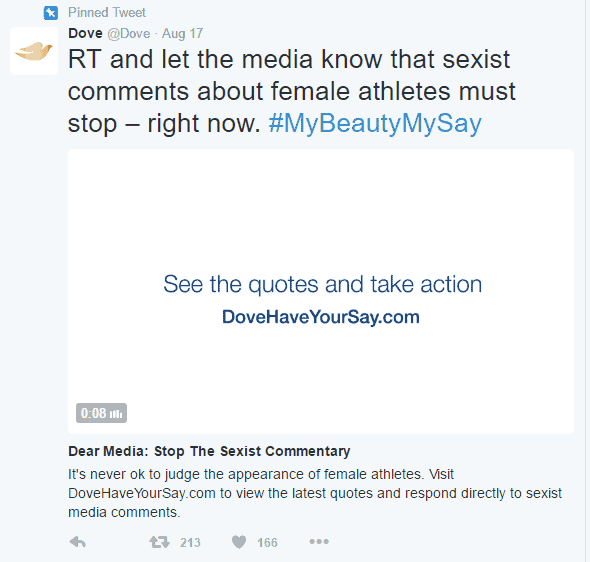
Just make sure that you’re keeping them short and easy to read. Since they don’t have spaces, you really don’t want to use more than a few words at most. And you definitely don’t want to use too many, or you’ll end up sounding like Jimmy Fallon and Justin Timberlake in this classic hashtag skit (FYI, there’s a bleeped curse word at the very end of the video):
Another advantage to creating your own branded hashtag is that you can track your mentions more easily. Plus, if your followers are generally using one hashtag to refer to you instead of multiple variations, it creates a more cohesive brand image and gives search engines more content to aggregate. That, in turn, will help your search results.
Let your followers create your own branded hashtag
Another way to get a branded hashtag is to listen to your followers. Are they using a hashtag repeatedly in reference to your brand?
That was the case with Chobani, the Greek yogurt company. According to Fast Company, Chobani noticed that Instagrammers were using the hashtags #chobani and #creationaday to post pictures featuring their yogurt – and this was before Chobani was even on Instagram.
It made sense, then, to join the conversation. Instead of trying to replace the community-originated hashtags with their own, Chobani jumped in and followed their fans’ lead.
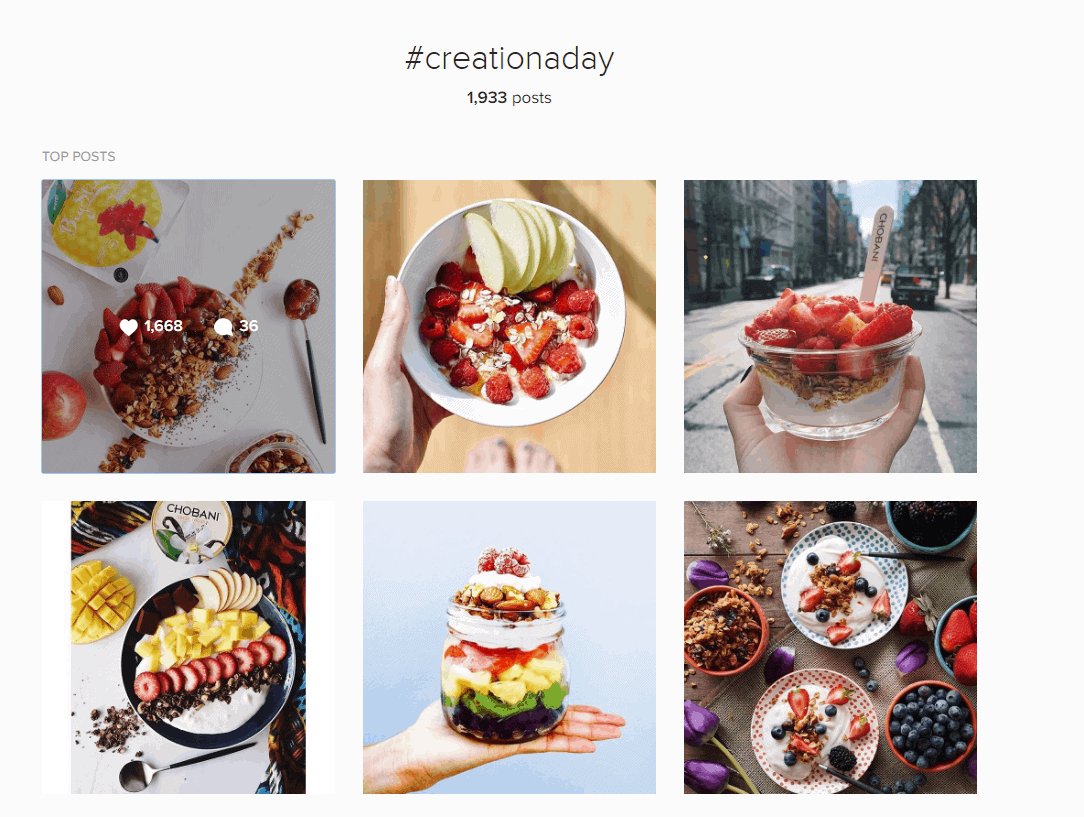
via Instagram
Use hashtags to join a larger conversation
Another great way to boost your brand awareness is to use hashtags to join a trending or larger conversation. But you’ve got to walk a careful line here. The last thing you want to do is appear profiteering or insensitive.
That’s what happened to DiGiorno in an epic way when they posted a tweet with the hashtag #WhyIStayed. The hashtag became popular after the video of NFL Ravens quarterback Ray Rice knocking his fiancee unconscious in an elevator was released; women used it to share their own stories of domestic violence.
As we referenced in our blog post “The Five Worse Digital Marketing Campaigns of All Time,” DiGiorno tried to jump in on the trending conversation by posting their own #WhyIStayed tweet:
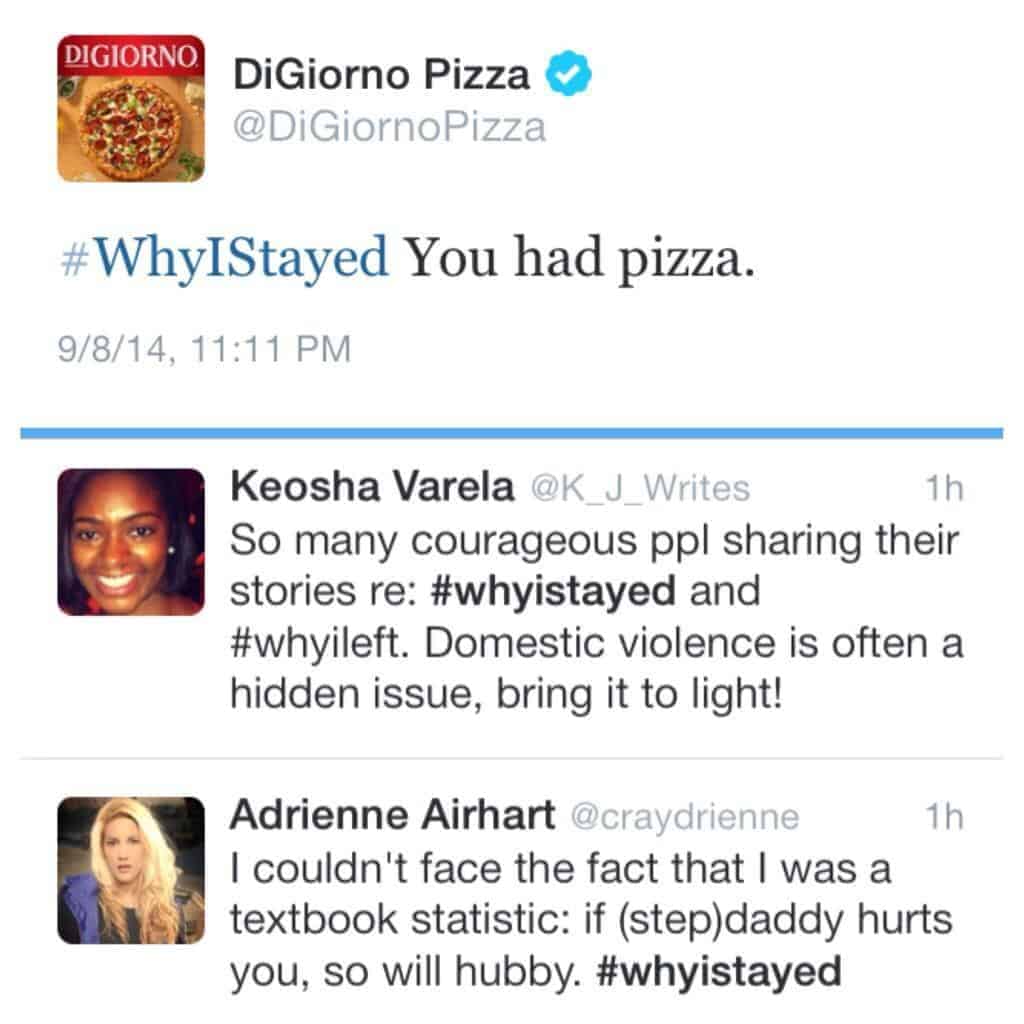
It was obviously way off the mark and could have been avoided had DiGiorno’s Twitter poster taken a few seconds to read a few posts that used the hashtag. To the company’s credit, they tweeted personalized apologies to the users who expressed their dismay at the insensitive post, but nevertheless, the damage was done.
At the other end of the spectrum, however, take the hashtag #LoveWins, which became popular after the Supreme Court ruled in favor of marriage equality. Brands including T-Mobile, Gap, Ben & Jerry’s, Maytag, Domino’s, and countless others posted images in support of the decision using the hashtag #LoveWins and #MarriageEquality.
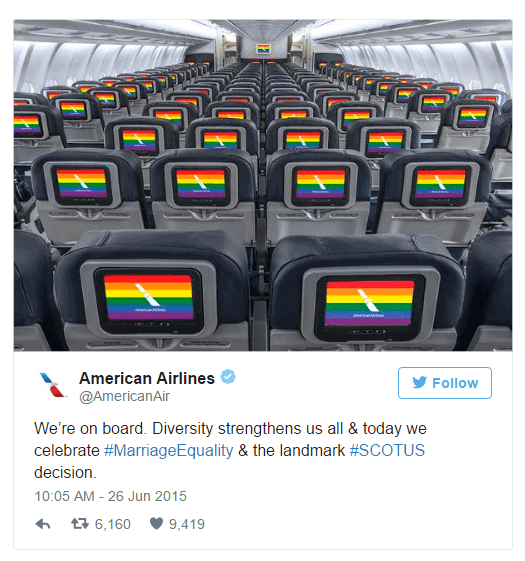
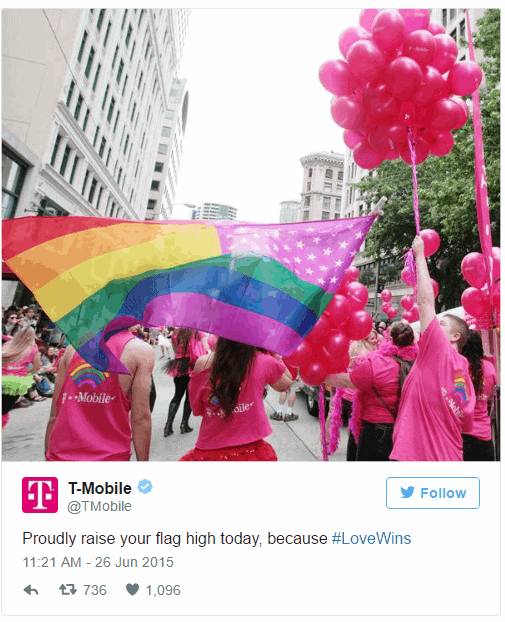
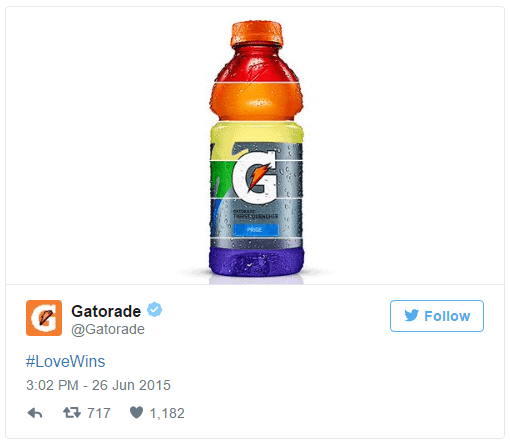
These are all good examples of how to effectively use this hashtag because:
- They put the message first, and brand second – but they still keep the brand recognizable
- They include themed images using an instantly recognizable symbol (the rainbow)
- They avoid overt attempts at selling or self-promotion
- They express a positive, uplifting message
The bottom line? If you’re going to take a stance on a social issue via a hashtag, you’ve got to be authentic. If you can’t do that, it’s wisest to stay silent.
Use a trending hashtag to refresh old content
Hashtags are also a great way to get more mileage out of old content.
Maybe you wrote a blog post a few years ago about marketing during the Olympics. If it sat gathering dust in your blog archives for the past four years, this summer would have been the perfect time to give it a quick update and post it with the hashtag #Rio2016 and #Olympics, two popular hashtags during the summer games. Then that post would show up when people searched for those hashtags, giving it a much expanded reach.
Check top trending hashtags
There are all kinds of tools that let you see what hashtags are currently trending. Twitter shows you a running list on the left side of the homepage:
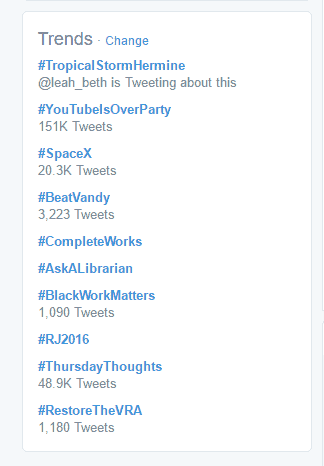
There are also tools like Hashtagify.me, Sprout Social, and Twubs.
If you can work one or two of these hashtags into a post in a natural, relevant way, by all means, do it. One hashtag that’s easy to do this with is #ThrowbackThursday, also known as #tbt (you’re probably already familiar with it).
Although it originally gained popularity with individuals posting older pictures of themselves on social media, plenty of brands have hopped on the #tbt bandwagon, too. Levi’s website has a whole #ThrowbackThursday section, and Southwest Airlines does pretty regular #tbt posts as well.
Tie your hashtags into your marketing campaigns
Your hashtags can also work in support of your marketing campaigns. If you’re hosting an event, for example, it makes sense to create a dedicated hashtag so that your followers can post pictures from the event. This creates a real-time running commentary on social media that just might attract more followers, attendees, and customers.
Hashtags can even be the center of your marketing campaign. That’s what Esurance did with their Superbowl contest back in 2014.
The company ran a commercial stating that they’d saved about 30 percent – $1.5 million – by buying a spot after the big game, rather than during. They said they’d decided to pass that savings on to their customers, so they were running a sweepstake: all you had to do to enter was tweet #EsuranceSave30. One lucky winner would win the $1.5 million after 36 hours.
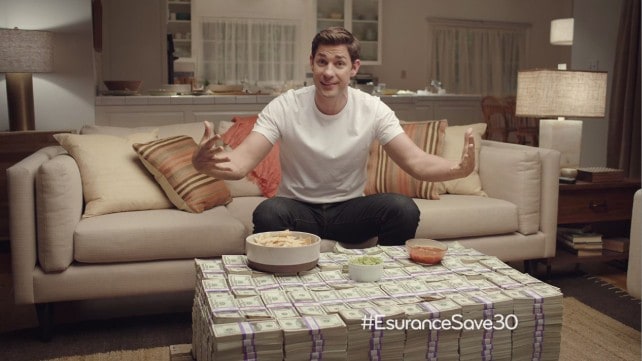
According to Locowise, the campaign generated:
- 261,000 new Twitter followers
- 200,000 hashtag posts within the first minute of the commercial’s airing
- 5.4 million uses of #EsuranceSave30
- 2.6 billion Twitter impressions
You may not have $1.5 million to give away, but that doesn’t mean that you can’t use a hashtag to dramatically increase your followers and strengthen your brand. For more info on using hashtags, read our post “7 Tips for Creating the Perfect Marketing Hashtag.”

